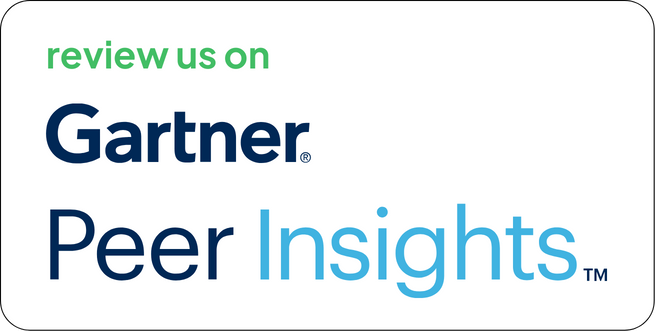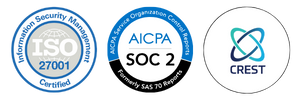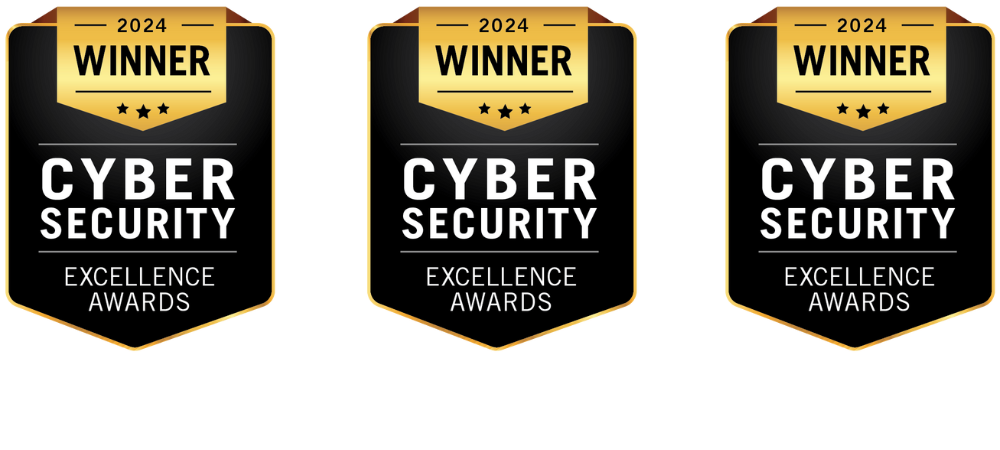Security teams today are not short of data; they’re overwhelmed by it. Tools like Nuclei have made it easier to run quick, flexible scans across multiple assets. But once you have a long JSON file of results, the real challenge starts: organizing, prioritizing, and acting on what matters.
This is exactly what Strobes solves. As part of its CTEM (Continuous Threat Exposure Management) framework, the Nuclei integration allows users to convert raw scan results into prioritized, trackable, and reportable vulnerability workflows.
Let’s break down how this integration works, the pain points it addresses, and the value it unlocks.
What is Nuclei?
Nuclei is an open-source vulnerability scanner designed for speed, scalability, and flexibility. It uses a template-driven approach to scan applications and infrastructure, producing structured results via JSON. Its main strengths include:
- High-speed scanning with low resource overhead
- Support for hundreds of publicly maintained and custom templates
- Integration-friendly output format (JSON)
- Ideal for CI pipelines and automated asset discovery
But while Nuclei is great at identifying potential exposures, it doesn’t provide a mechanism for:
- Managing remediation
- Mapping to business-critical assets
- Correlating repeated issues
- Visualizing team-level SLA trends
That’s where Strobes takes over.
What is Strobes?
Strobes is a CTEM platform that sits at the center of your security operations, making vulnerability findings actionable. It supports:
- Risk-Based Vulnerability Management (RBVM)
- Application Security Posture Management (ASPM)
- Pentesting-as-a-Service (PTaaS)
- Asset Inventory and Context Mapping
With the Nuclei integration, Strobes imports findings, maps them to the correct asset groups, enriches with threat intelligence, and automates remediation workflows across systems like Jira, Slack, or ServiceNow.
Why This Integration?
Teams using Nuclei typically face these issues:
- JSON results require manual parsing
- No prioritization based on exploitability or asset value
- Overlap with results from other tools like Snyk or Burp
- No automation for ticketing, SLAs, or ownership assignment
By integrating Nuclei with Strobes, you move from raw output to structured, outcome-driven workflows.
How the Nuclei Integration Works
1. Ingesting Nuclei Results
Strobes supports importing Nuclei results through two options:
- Manual Upload via UI
- Automated Upload via API
The JSON file output from Nuclei (nuclei -json) includes:
- Template name and ID
- Severity
- Description and matched URL
- Timestamp
- Host/IP and port info
These are pulled into Strobes and matched to assets in your workspace.
2. Normalization and Correlation
Once data is imported, Strobes automatically:
- Parses and normalizes fields across all imported results
- Maps findings to the correct applications or infrastructure assets
- Deduplicates recurring vulnerabilities (across multiple Nuclei runs or other scanners)
- Correlates with threat intelligence and asset metadata
This reduces noise and prevents analysts from triaging the same issue more than once.
3. Contextual Risk Scoring
Every finding from Nuclei is evaluated beyond severity. Strobes assigns a custom risk score by considering:
- Known exploit availability
- Asset business value
- Internet exposure
- Past history of the vulnerability in your environment
This changes the question from “What did the scan find?” to “What needs to be fixed today?”
4. Workflow Automation
Post-prioritization, findings can trigger automated actions in Strobes:
- Create tickets in Jira, ServiceNow, Azure Boards
- Assign owners based on tags, asset types, or severity
- Notify teams via Slack, Teams, or email
- Trigger retests via scanner APIs or human validation
For example: If a Nuclei template returns critical, and the asset is tagged as “production,” a Jira issue is created, assigned to the AppSec team, and an SLA timer starts immediately.
5. Unified Dashboards and SLA Tracking
Strobes replaces the need to manually parse JSONs or build Excel dashboards. Instead, teams get:
- Vulnerability summaries filtered by scanner (e.g., Nuclei, Snyk, Burp)
- SLA compliance metrics
- Risk heatmaps across environments
- Historical trends and retest outcomes
- Reports aligned to ISO 27001, NIST, PCI-DSS
Practical Benefits
| Problem | Solution |
| Repetitive triage of recurring vulnerabilities | Automated deduplication across scans |
| No business context in raw JSON | Risk scoring based on asset tags and threat intelligence |
| Delayed handoffs between teams | Auto-ticketing and SLA workflows |
| Difficult reporting for compliance or executives | Pre-built dashboards with filters, export, and customization |
Where This Integration Fits Best
This setup is ideal for:
- Red Teams and Blue Teams using Nuclei for recon and validation
- Product Security teams needing structured remediation
- DevOps teams embedding Nuclei into CI/CD pipelines
- Enterprises with a hybrid infrastructure are looking to centralize vulnerability operations
Integration in Practice
A typical workflow might look like:
- Run Nuclei during nightly CI build with updated templates
- Output sent to nuclei-results.json
- JSON uploaded to Strobes via API
- Findings were deduplicated, prioritized, and correlated
- High-risk items assigned to developers via Jira with deadlines
- Retests are validated and tracked in dashboards
No spreadsheets. No guesswork. Just measurable progress.
Final Thoughts
Nuclei is fast. Strobes makes it smart.
This integration doesn’t just pull data—it builds a repeatable, scalable system around it. You gain visibility, reduce manual work, and fix what matters before it becomes a problem.
Want to See the Integration in Action?
→ Explore more integrations with Strobes
→ Schedule a personalized walkthrough




